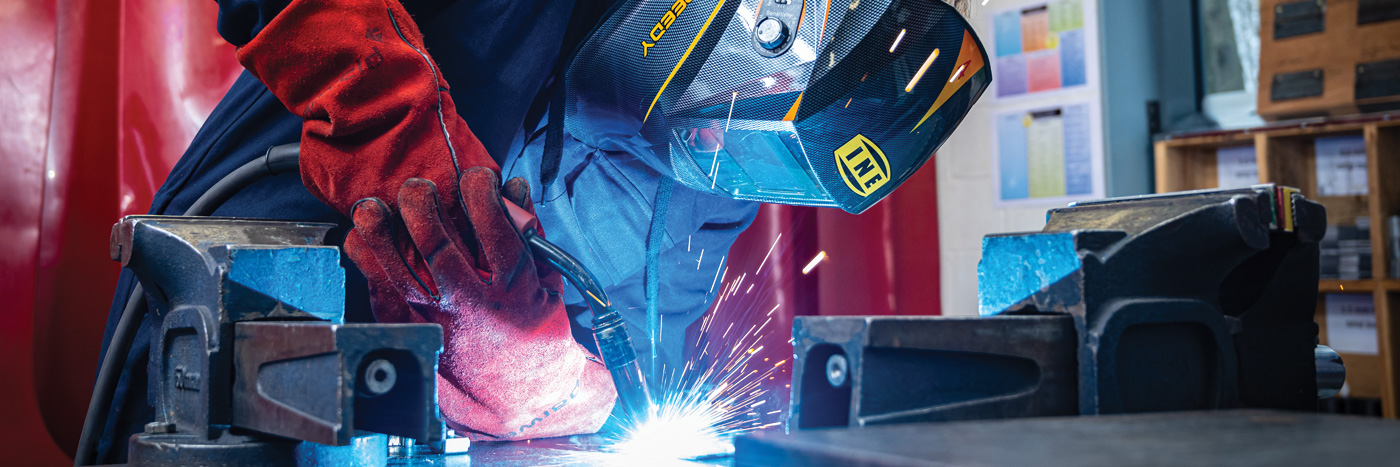Our Skills Bootcamps are 10 week courses, giving people the opportunity to build up sector-specific skills and provides clear career pathways, mentorship and advancement opportunities.
The course demonstrates the local commitment to workforce development and excellence in engineering.
At the end of the 10 week evening course, you'll be given the opportunity to have a job interview with large employers in the area.
You could also:
- get a new job or apprenticeship
- progress in your current job
- find new business opportunities if you are self-employed
The course will ensure that you are well-prepared, skilled and ready to contribute to the engineering sector.
What will I cover on this course?
There are 6 modules delivered over 10 weeks. In the final week, we will offer employability support to prepare you for your interview, reviewing your CV and looking at your interview skills. The practical modules are:
Module 1 - Introduction to technical drawing
- Understanding the fundamentals of engineering drawings
- How to create a border and title block with the necessary relevant information
- Different line types and where they are used
- Types of text and abbreviations used on drawings
- How to dimension a drawing
- Different ways to show tolerances on a drawing
- Creating 2 dimensional drawings in 1st and 3rd angle and being able to interpret the difference between the two
- Sectional views
- Cross hatching
- Creating 3 dimensional drawings in isometric
Module 2 - Introduction to CAD
- Introduction to the software
- How to create a 2-dimensional drawing for turning into 3D model
- How to extrude and revolve
- How to create simple features such as a hole, chamfer, radii
- How to create an assembly from different parts
- Adding constraints to a model
- How to create a 2-dimensional drawing to work to from the model
- Auto dimensioning
- Adding notes to a drawing
Module 3 - Introduction to hand fitting
- Introduction to hand tools used; files types and uses, hacksaw different toothed blades, scrapers
- How to use hand tools correctly and safely
- Marking out equipment; scribe, rule, square, protractor, height gauge
- How to mark out
- How to create a datum point
- How to use measuring equipment
- Basic hand fitting skills
Module 4 - Introduction to turning
- Introduction to a centre lathe and its layout
- Work holding methods 3 and 4 jaw chucks, face plate
- How to change work holding devices
- Setting billets in work holding devices
- Different cutting tools and the application
- Setting cutting tool heights
- Setting datum points to machine from
- Basic turning principles
- How to use measuring equipment
Wisbech campus only Module 5 - Introduction to milling
- Introduction to a milling machine and its layout
- Work holding methods
- How to set work holding methods in relation to axis
- Different cutting tools used and the application
- Setting datum points to machine from
- Basic milling operations; difference between climb milling and conventional
- How to use measuring equipment
Module 6 - Introduction to fabrication/welding
- Introduction to fabrication equipment; guillotine, bender, rollers, notcher
- Hand tools used in fabrication
- Marking out patterns
- Understanding bend allowance
- Simple pattern development
- Introduction to the welding equipment
- Setting up equipment
- Different welding positions
- Different types of welding; MIG, MAG, ARC
- Welding practice
This specially tailored course has been meticulously designed to address the specific requirements and demands of local employers. The term "bespoke" aptly describes the customized nature of this educational programme, as it has been intricately crafted to align with the unique needs and expectations of these major industry players. The focus of this course is to equip you with the precise skills and knowledge that employers sought after, ensuring that you are well-prepared to meet the challenges and opportunities within these respected organisations.



